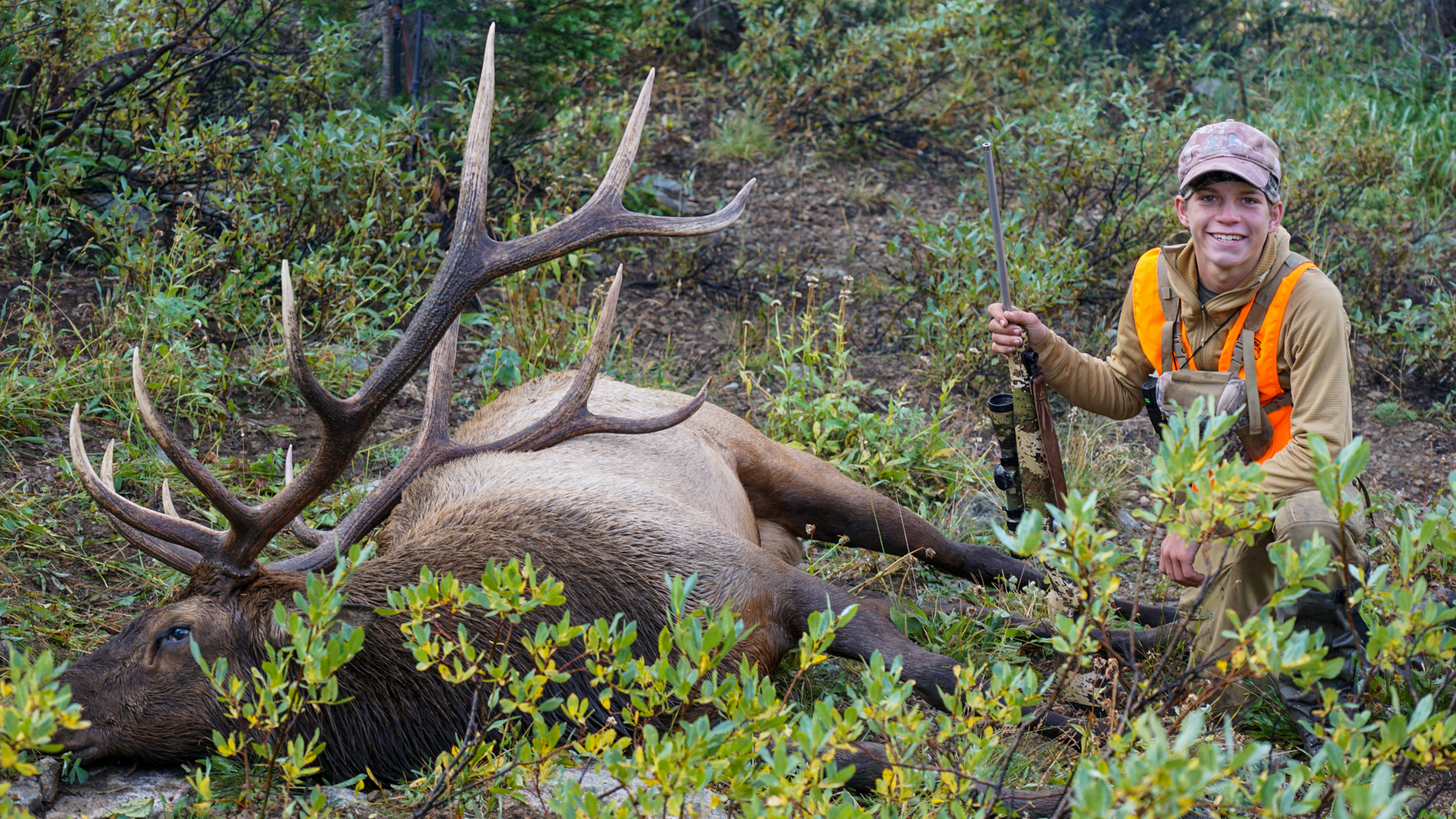DAWN COMES crisp and cold, gray light reaching tentative fingers across the canyon. Frost hangs in the air and settles on our horses’ backs, crackling faintly in the stillness as we feed them their morning ration. It’s opening day, so we point our boots upward, climbing the canyon wall toward a vantage. Steam hangs in clouds as we exhale, the thin, high-elevation air making our lungs work overtime. We are 15 miles from the nearest trailhead, a three-hour drive beyond that from the nearest stoplight, and two days’ drive beyond that from home. This is what we have come so far to find: the solitude, the challenge, and the wildness. We are here to hunt elk.
Changes in the Elk Woods
Elk are a part of who I am. I grew up following their wilderness meanderings, bow in hand, learning their ways from the elk themselves. I learned how they sound and what they are saying by listening to them, like a child at his mother’s knee. I learned how they prefer to travel and what they like to eat, and what their priorities are. I’ve eaten my weight in elk meat many times over and raised my children on elk meat. I’ve hunted and harvested them with a longbow, a flintlock, and a high-powered rifle. I’ve touched them, alive, in the woods and watched them from spitting distance like a curious and sometimes hungry shadow. When I walk into the woods, I am part elk.
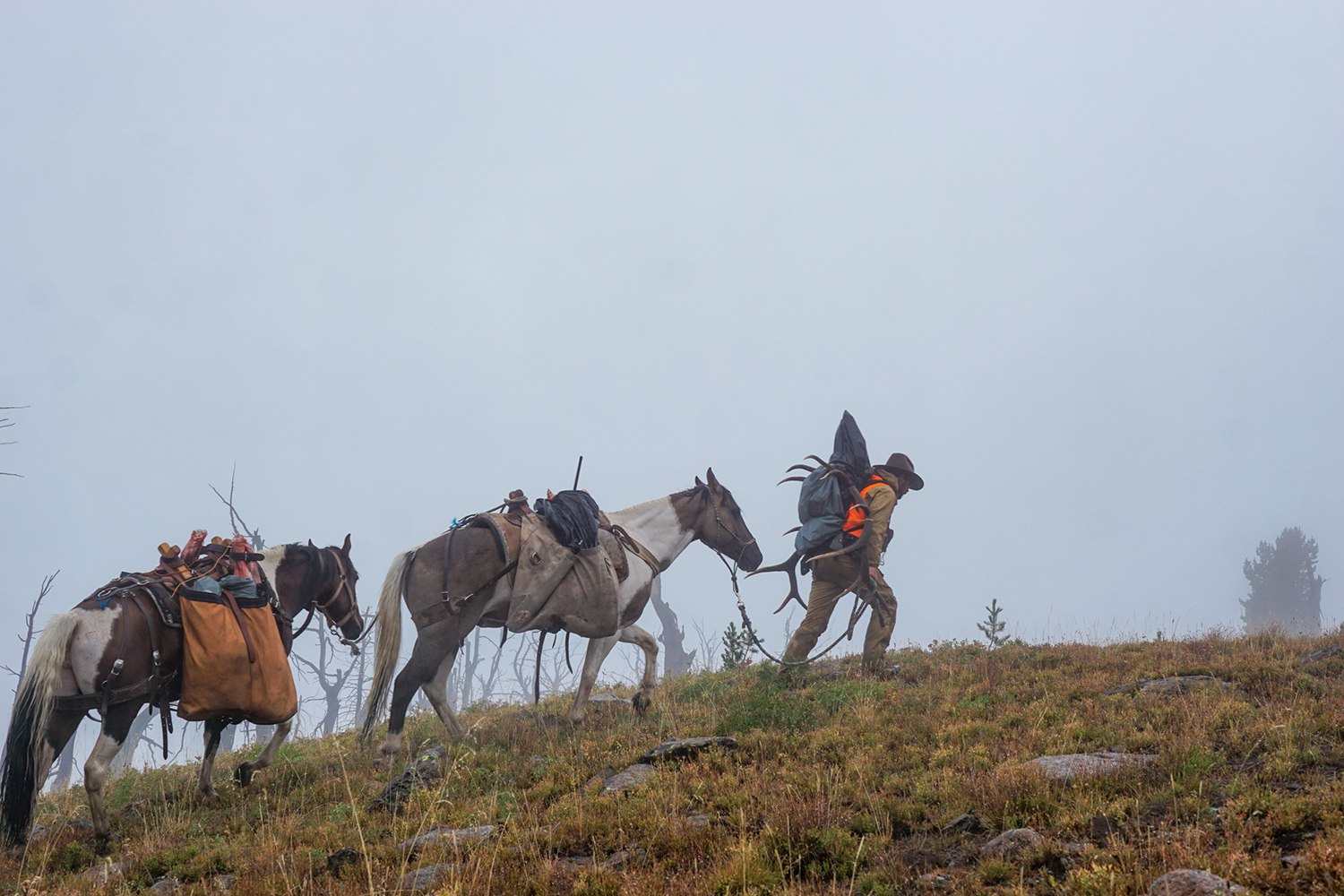
Things have changed in traditional elk hunting areas since I was a kid. No longer can a hunter buy a tag over the counter of his local hardware store to hunt the mountain that scrapes his backyard sky. Now we must struggle through complicated applications in multiple states just to get a tag, then travel, often far from home, to hunt wherever the tag dictates. Sadness hangs over me as I write this, knowing that my children will never experience the same elk woods that I once did. But rolling over is not in my nature, so I continue to hunt, seeking out ever more remote places—places where fame and legend haven’t yet brought the rush of elk-hungry prospectors.
This canyon we now climb is such a place, far from anywhere known for producing huge bulls, far from conveniences like motel rooms and warm diners. It’s a place fraught with danger from storms, hypothermia, and aggressive bears, and it’s a long way from medical help. It’s a place that’s hard to find and even harder to reach. There aren’t many elk here—a hunter might spend an entire week looking for them without a single encounter.
But like I said, elk are part of who I am, and my hunger makes me confident. We will find elk.
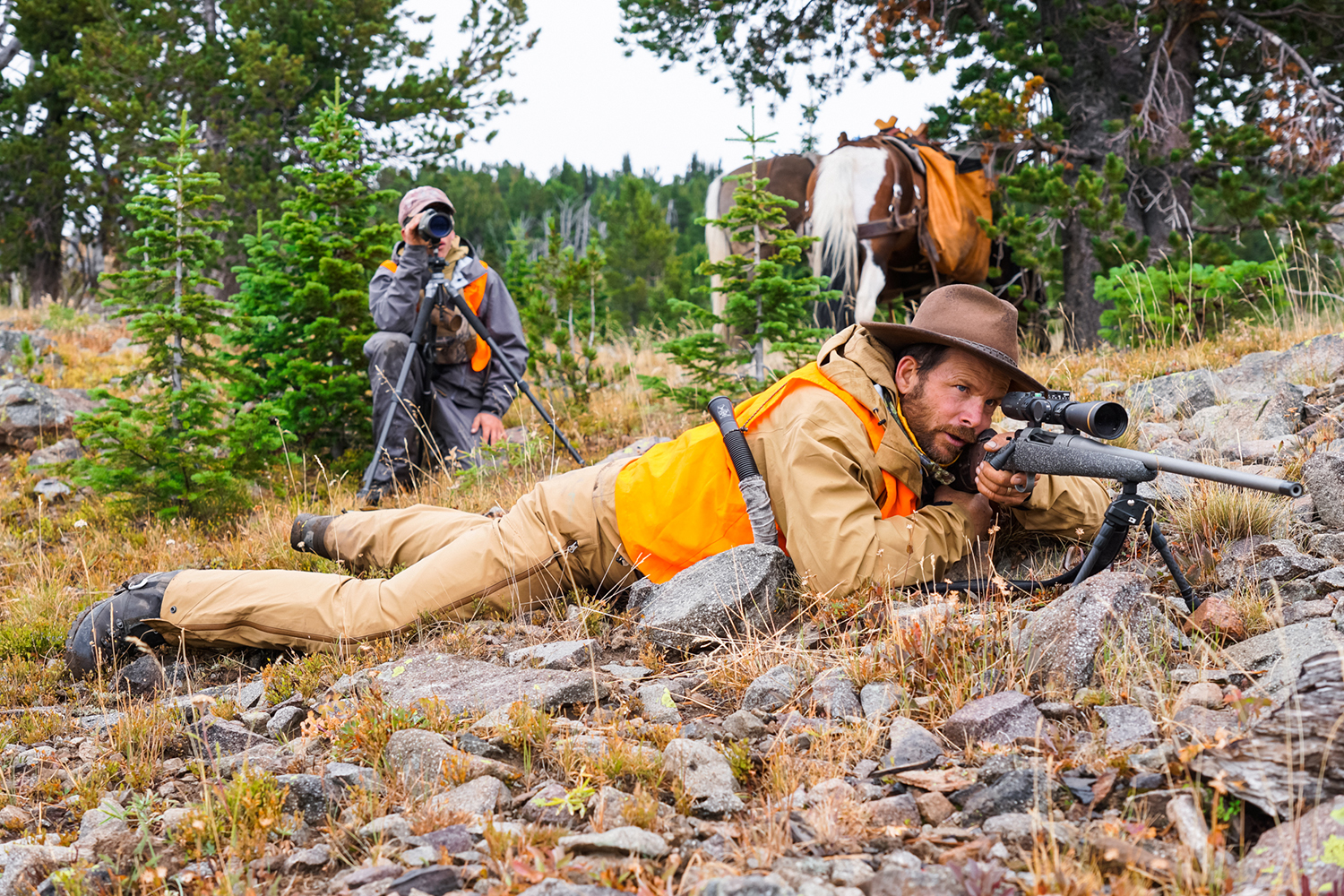
A bugle rings clear as we crest the ridge, stirring our blood and inspiring action. We trot down the ridge, searching for a spot to glass the bull’s position. We spot the elk then, on the far side of the canyon and feeding upward. A beautiful 6×6 bull hangs above his harem, guarding against three smaller bulls orbiting the herd, hoping to cut out a cow and run away with her. He is magnificent in the early-morning light, heavy bodied and old, antlers reaching tall and wide. The sun still hides beyond the ridge, and the air is completely still. Another bugle sounds across the canyon. It’s time to make some meat.
Tools of an Elk Hunter
Back when I started hunting elk, a 400-yard shot was considered super long. Mostly, we shot at 300 yards and less. That was before laser rangefinders, dial-up scopes, and ultra-aerodynamic bullets. Nowadays, an 800-yard shot is as doable as the 400-yard shot used to be. It’s still not easy, but it is possible for a good rifleman. And that’s what we’re facing now; the bull stands on the side of a canyon 801 yards away.
My son Josiah is a good rifleman, and he sets up for the shot while I ready my spotting scope, check for wind, and verify the range. Then he kills the bull. It’s not an easy shot, but he kills the bull cleanly, hitting it twice through the vitals. It is his second-ever elk, and it’s remarkable by virtue of the fact that he harvested it on a DIY general-season hunt, deep in the wilderness—as elk hunts were meant to be. His smile shines as he shoulders the rack and leads horses laden with meat down the mountain toward camp. He is 14 years old and already more made of elk than most hunters will ever be.
You might ask, couldn’t we have stalked in for a closer shot, a “safer” opportunity? The simple answer is no. It would have taken at least an hour to cross the canyon, and by then the elk would have been away and gone over the top of their ridge. The cows were already drifting before Josiah shot the bull. We knew other hunters waited over the ridge even this far back in the wilderness, and that meat would have gone home in someone else’s pack.
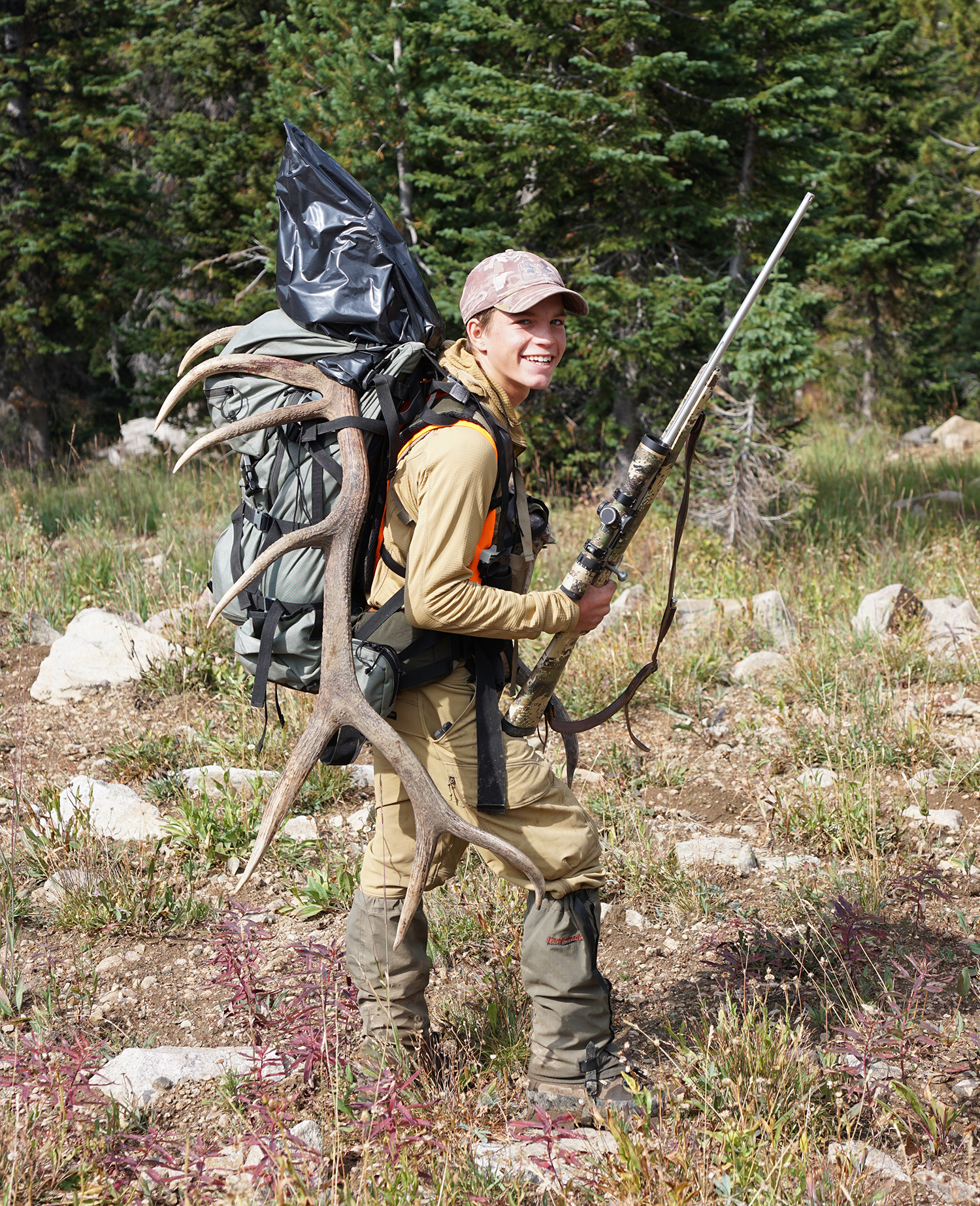
Several days later I killed my own beautiful bull at 652 yards, cleanly harvested under similar circumstances. My bull was 19 miles from the trailhead.
When you’re hunting public land, you must capitalize on what gifts the hunting gods send your way. We were prepared for, and capable of, ethically killing elk at long distance, so we accepted the blessing and were thankful for them. The fact that we prefer to stalk close and make our kills at throwing distance doesn’t feature here. Yes, it’s more exciting, more traditional, and more fulfilling; to me at least. But we wanted meat, and we wanted antlers for our wall and memories for old age. To accept this blessing we needed another type of skill: the ability to kill accurately at long range.
Unlike most Internet commandos will tell you, that skill is almost as hard to develop as the skill needed to stalk within spitting distance. It takes good training, hard work, fine equipment, and steady nerves. Personally, I strive to be the best hunter I can and stalk as close as circumstances allow. I also strive to be the best rifleman I can, so I can cleanly harvest game at whatever distance luck and good fortune present an opportunity. I hunt to kill, not to brag or impress.
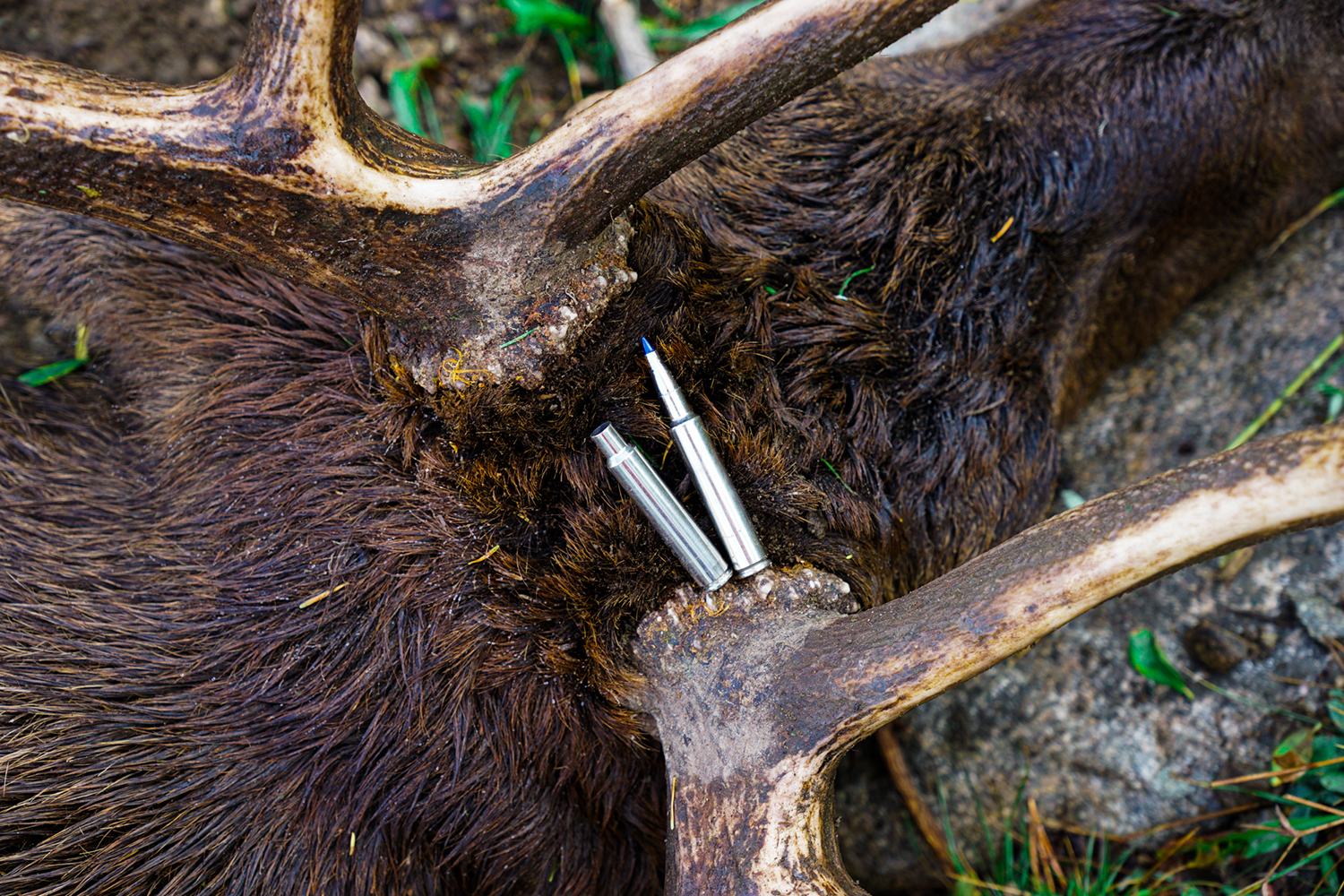
If I could trade my ability to shoot far for a reality where my family and I could hunt mature bulls in wilderness territory close to home every year, like in “the good old days,” I probably would. Unfortunately, I can’t. I don’t know exactly what the future holds, but I do know that hunting will keep getting tougher for hunters like us, and quality DIY opportunities on public land become more and more scarce.
Just because you can do something, however, doesn’t mean you should. I know that folks might protest that we were just shooting—that we aren’t hunters at all. Is shooting at such a distance fair chase? This is a question every true hunter must answer for themselves. The answer will likely change with each scenario. For me, when I wrap our hunts into one big package—the hardship, the effort, the danger, the years spent learning the ways of elk and how to find them—it all comes full circle to a clear answer. Though I did miss the intimacy of a close encounter, I do not regret harvesting those elk at long range.
Under some circumstances, I can see an ethical case against long range hunting. But not here. Not in this wilderness where a hunter might search for an entire season without finding elk, where he could be mauled by a grizzly bear, or die from hypothermia. I found this bull because of years of experience and hard lessons learned on the mountain. Josiah killed him because of countless hours behind the rifle and his honed skill as a shooter. In the end, we were not here trying to shoot far. We were here to gather meat and memories at whatever distances they presented themselves. From my perspective, that qualifies as a true fair chase hunt.
I am an elk hunter. I like to stalk close and I’m capable of shooting far.
Now I think I’ll go eat an elk steak.
Read more OL+ stories.
